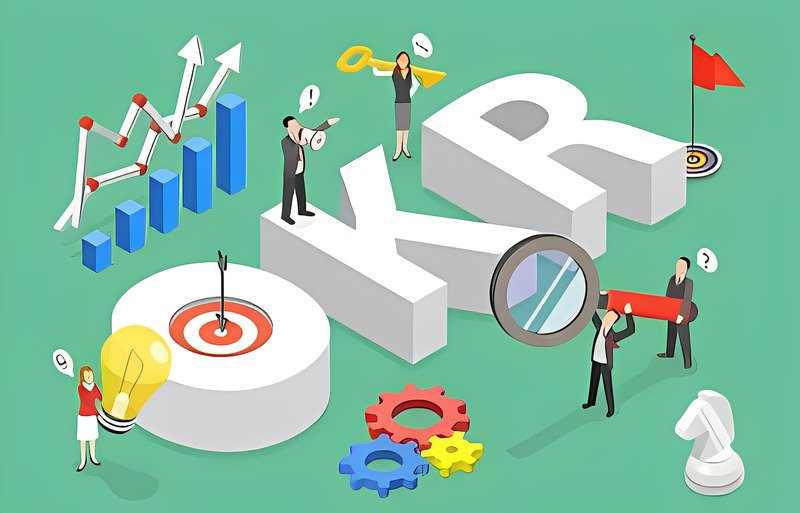In the fast-paced world of business, having a clear understanding of goals and objectives is paramount. Objectives and Key Results (OKRs) serve as a compass, guiding teams towards success. However, the effectiveness of OKRs heavily relies on how they are visualized. A well-designed OKR dashboard not only enhances understanding but also motivates teams to achieve their targets. In this article, we’ll delve into essential design tips for creating an engaging OKR dashboard that fosters success.
Understanding the Importance of Visualizing Success
Visualizing success is more than just creating a pretty dashboard; it’s about providing clarity and motivation to teams. When goals are visualized effectively, team members gain a deeper understanding of their objectives, leading to increased alignment and productivity. Moreover, visual representations of progress instill a sense of accomplishment, driving teams to strive harder towards their goals.
The Fundamentals of Designing an Engaging OKR Dashboard
Setting Clear Objectives
Before diving into the design process of OKR Dashboard, it’s crucial to establish clear objectives. Define what metrics will be tracked and how they align with broader organizational goals. This clarity will serve as the foundation for your dashboard design.
Choosing the Right Metrics
Not all metrics are created equal. Select key performance indicators (KPIs) that directly contribute to your objectives. Avoid cluttering the dashboard with irrelevant data, as it can lead to confusion and distraction.
Creating a User-Centric Design
Consider the end-users when designing your dashboard. Ensure that the layout is intuitive and easy to navigate. Incorporate features such as interactive charts and filters to allow users to customize their viewing experience.
Utilizing Visualizations Effectively
Visual elements such as charts, graphs, and progress bars are powerful tools for conveying information. Choose visualizations that best represent your data and make it easy for users to grasp key insights at a glance.
Ensuring Accessibility
Accessibility is often overlooked but crucial aspect of dashboard design. Ensure that your dashboard is compatible with assistive technologies and follows accessibility best practices to accommodate all users, including those with disabilities.
Implementing Responsive Design
With an increasing number of users accessing dashboards on various devices, responsive design is essential. Ensure that your dashboard is optimized for different screen sizes and resolutions to provide a consistent experience across devices.
Incorporating Feedback Mechanisms
Feedback loops are vital for continuous improvement. Include features that allow users to provide feedback directly within the dashboard, enabling iterative enhancements based on user input.
Emphasizing Data Security
Protecting sensitive data should be a top priority. Implement robust security measures to safeguard information and ensure compliance with relevant regulations such as GDPR and HIPAA.
Visualizing Success: Design Tips for an Engaging OKR Dashboard
Leveraging Color Psychology
Colors evoke emotions and can influence behavior. Use color strategically to highlight important information and create visual hierarchy within your dashboard.
Simplifying Complex Data
Complex data sets can overwhelm users. Break down information into digestible chunks and use visual aids to simplify complex concepts.
Providing Contextual Information
Context is key to understanding data. Provide explanations and contextual information alongside metrics to help users interpret the data accurately.
Promoting Collaboration
Encourage collaboration by incorporating features that allow users to share insights, comment on data points, and collaborate in real-time.
Offering Customization Options
Empower users to tailor the dashboard to their preferences by offering customization options such as draggable widgets and personalized dashboards.
Fostering a Culture of Transparency
Transparency breeds trust and accountability. Displaying real-time data promotes transparency and keeps teams informed of progress towards goals.
Conclusion
Designing an engaging OKR dashboard is a critical aspect of achieving organizational success. By following these design tips and incorporating user feedback, you can create a dashboard that not only visualizes success but also motivates teams to reach their full potential.
